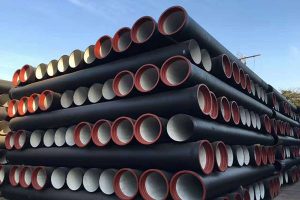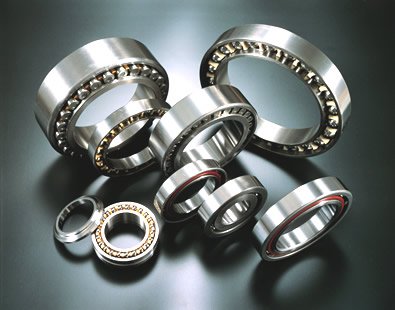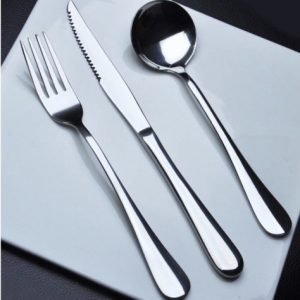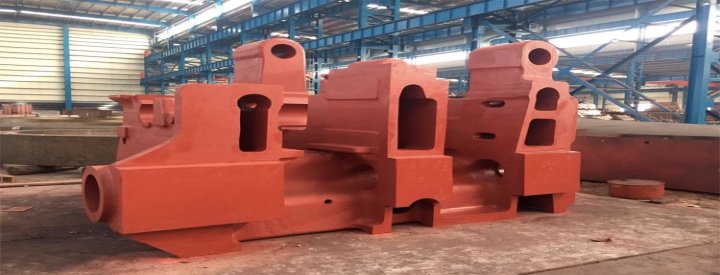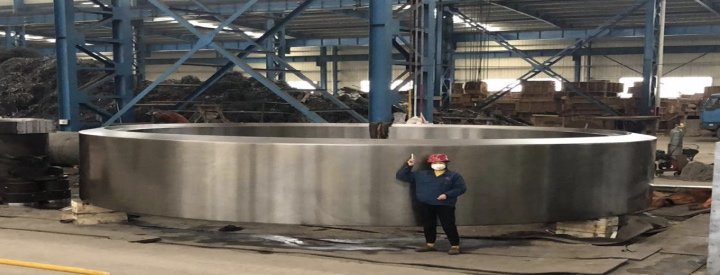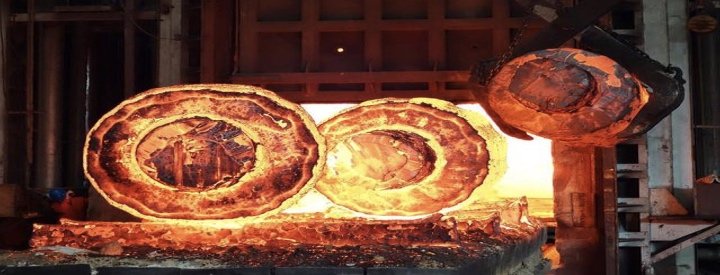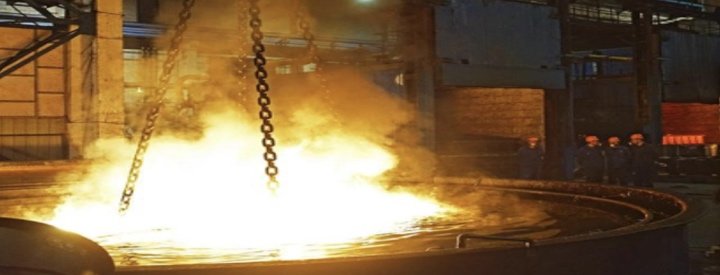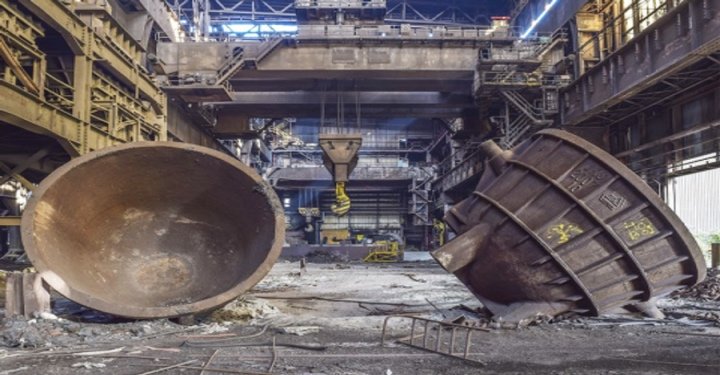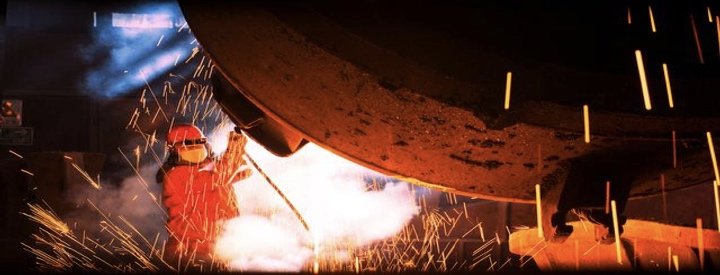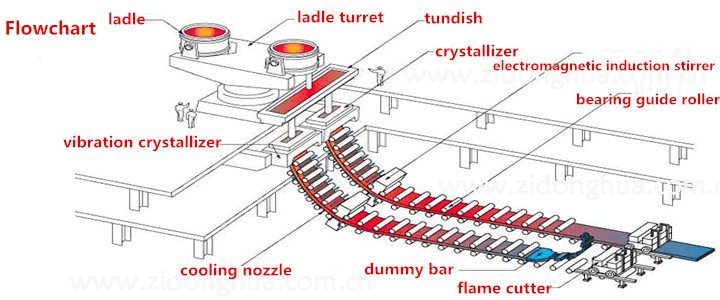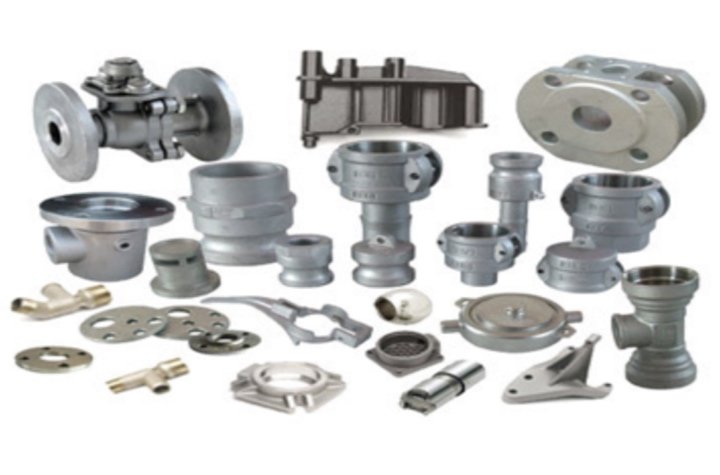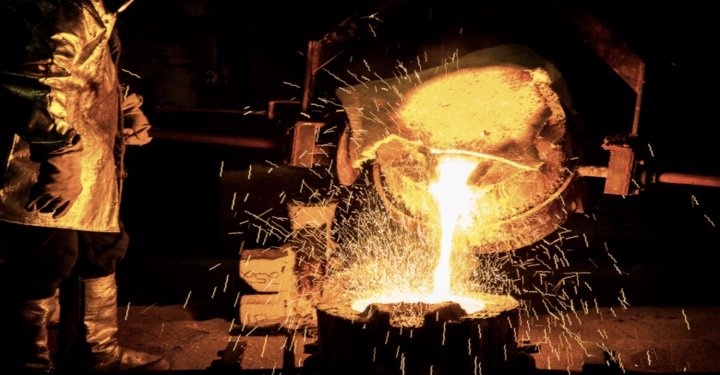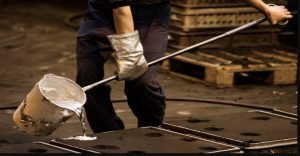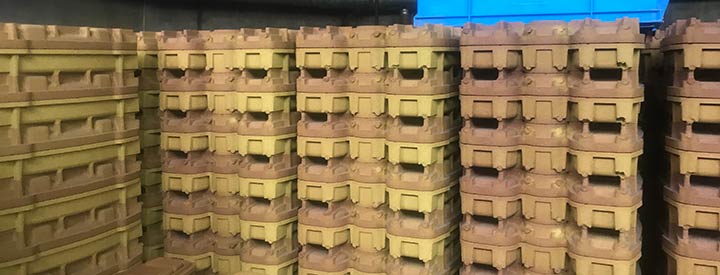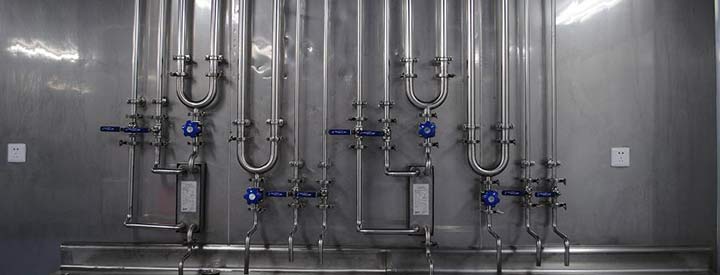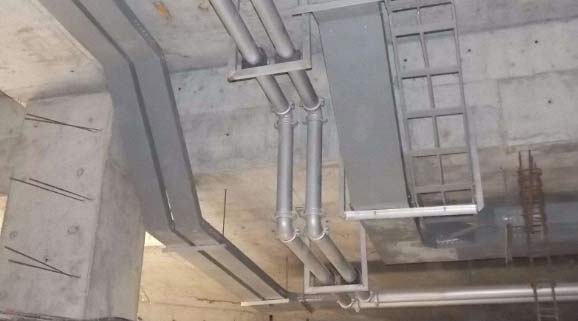How to Avoid Ductile Iron Casting Rust?
How to Avoid Ductile Iron Casting Rust?
Yide iron casting is a leading casting supplier and machining factory in China, provides ductile iron casting oil pump, cast iron pipe, cast iron valve and so on. But Will These Iron Casting Rust?
Will Ductile Iron Casting Rust ?
Rust is a chemical reaction, because the chemical properties of iron are vivid, and it will rust after a certain time. Moisture is one of the substances that make iron rust. However, water alone will not cause iron to rust. Only when the oxygen in the air dissolves in the water, the oxygen reacts with iron in a watery environment to produce something called iron oxide, which is rust.
How to Avoid Rust for Iron Casting?
Then, will ductile iron casting rust?The key is whether the anti-corrosion process of the ductile iron castings is in place. Qualified ductile iron castings are required to be lined with standard thick road cement. At the same time, the outer wall of the casting is required to be sprayed with zinc and coated with asphalt, and other epoxy paints may be selected.
There are some specific methods to prevent ductile iron castings from rust:
-
Asphalt paint coating
Asphalt paint coating is suitable for gas pipelines. Preheating the ductile iron pipe before painting can improve the adhesion of asphalt paint and accelerate drying.
-
Cement mortar lining with special coating
This internal anti-corrosion measure is applicable to sewage pipelines, which can improve the corrosion resistance of the lining.
-
Epoxy coal asphalt coating
Epoxy coal asphalt coating is suitable for both gas pipelines and sewage pipelines. It is a two-component coating, which has high adhesion and a very smooth surface.
-
Epoxy ceramic lining
Epoxy ceramic lining is suitable for sewage pipes and gas pipelines. However, due to difficulties in manufacturing process and high cost, epoxy ceramic lining has certain limitations in use. The epoxy ceramic lining has high adhesion and smoothness, and is an excellent anti-corrosion coating.
-
Aluminate cement coating or sulfate cement coating
These two special cement coatings are suitable for internal anti-corrosion of sewage pipes, which can improve the resistance to acid and alkali components in sewage.
Yide casting has 27 years’ casting & machining experience, known as an iron casting manufacturer in China, specialized in the grey iron cast, ductile iron cast, and brass iron casting, and also provides machining service for the rough iron casting pipe or iron casting pump products etc. So Yide casting is a one stop solution of casting, if you have demands of casting, please don’t hesitate o contact us for more details.

